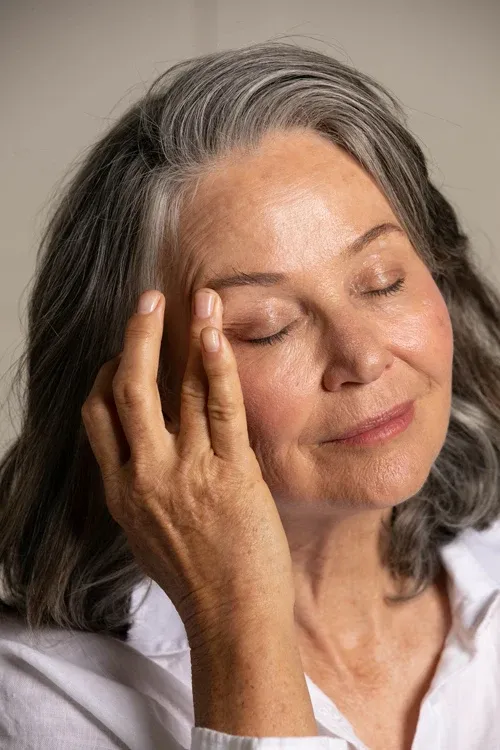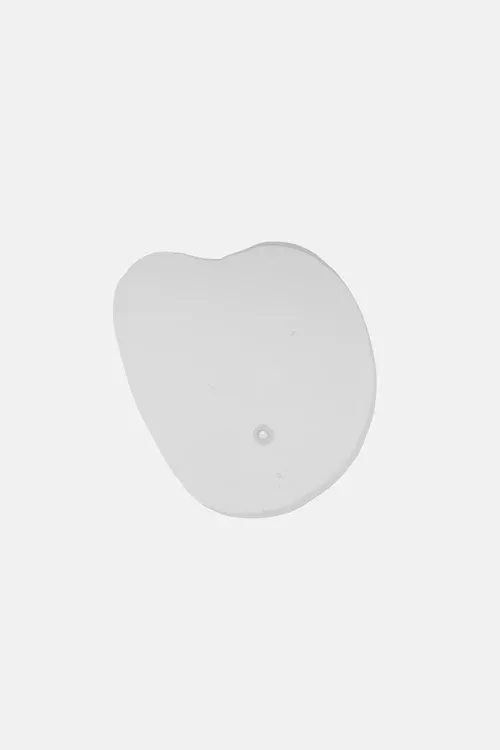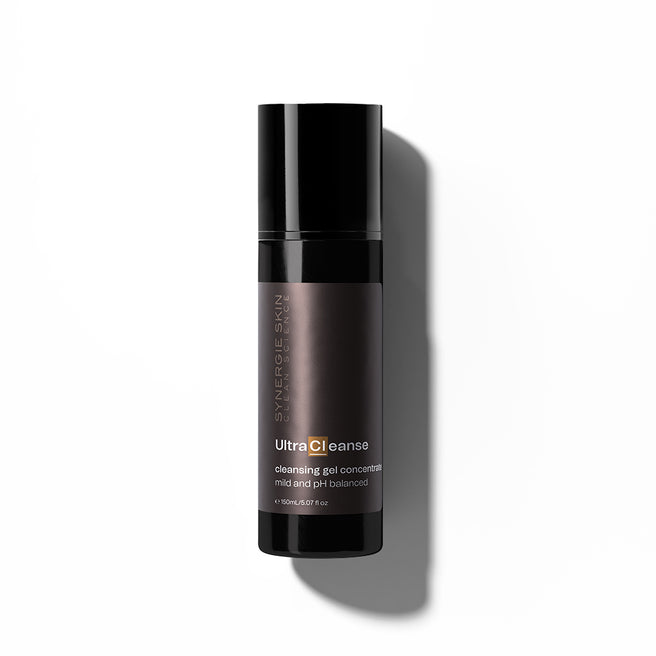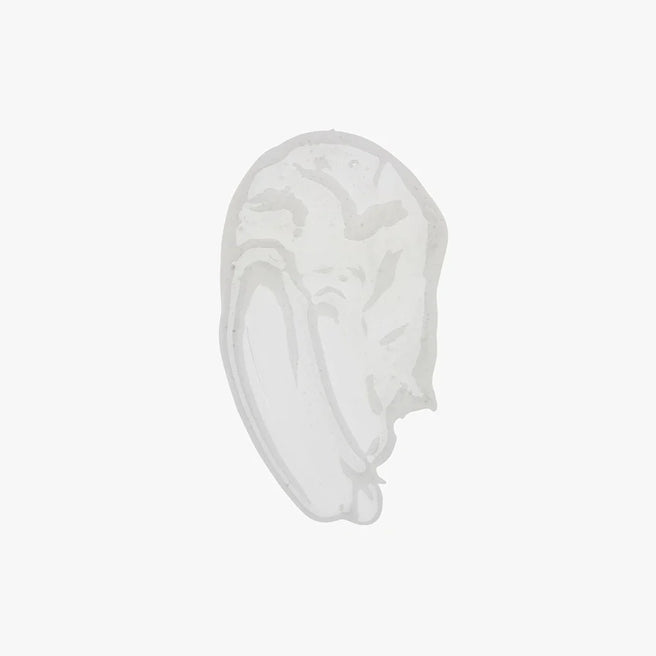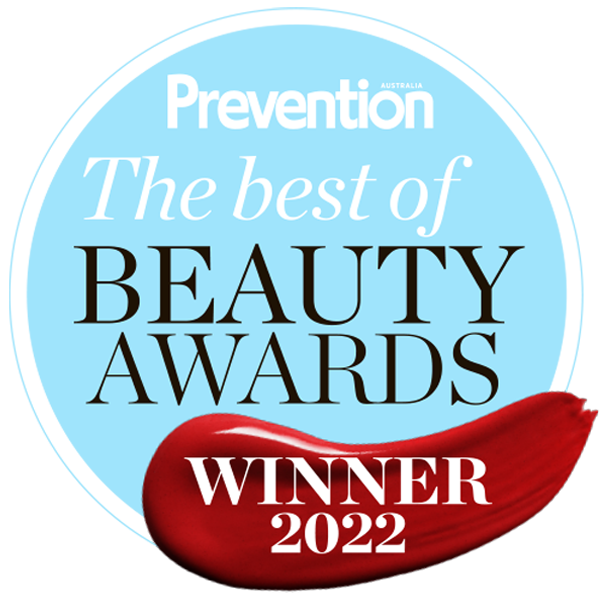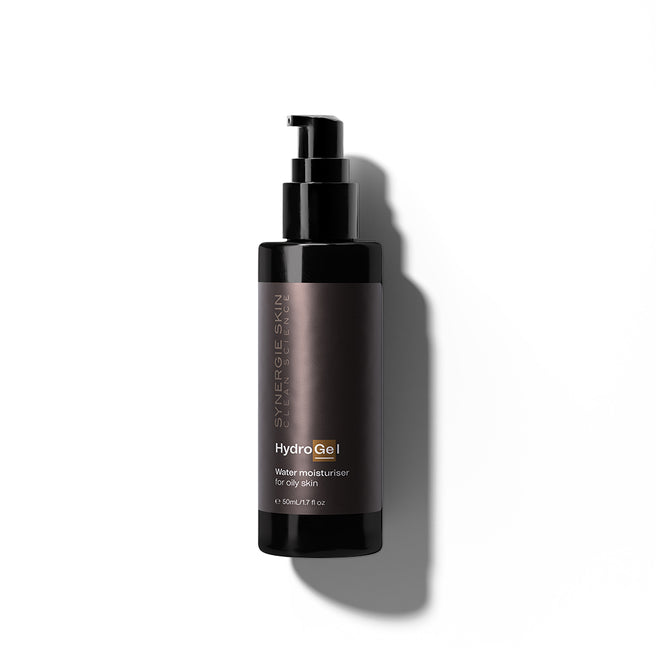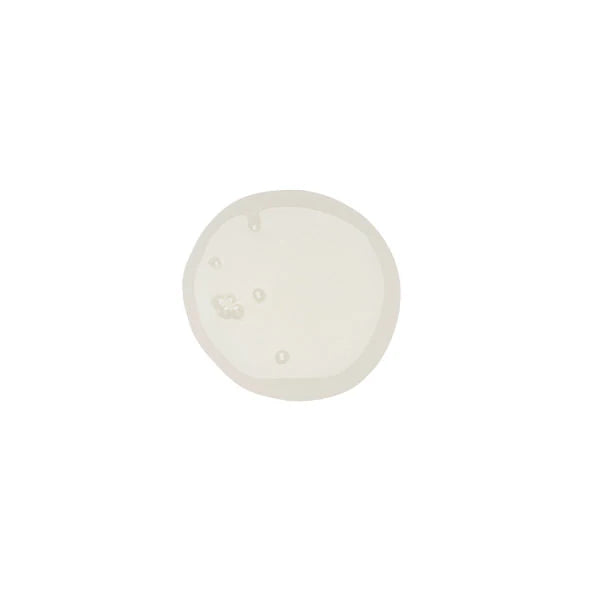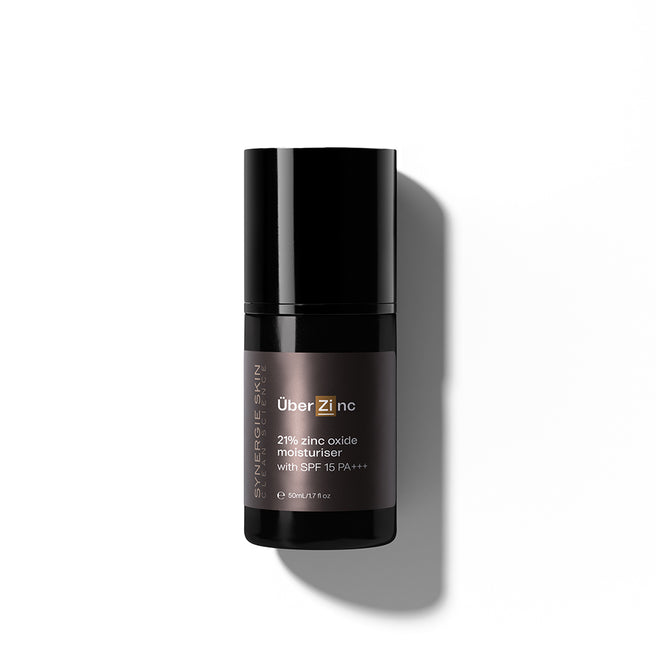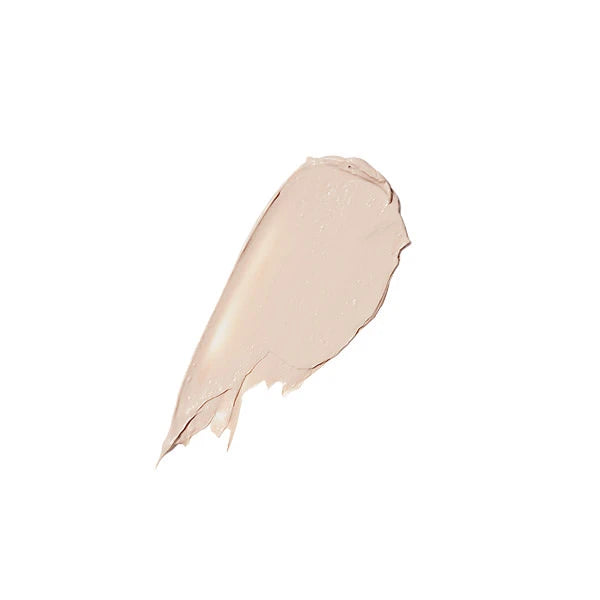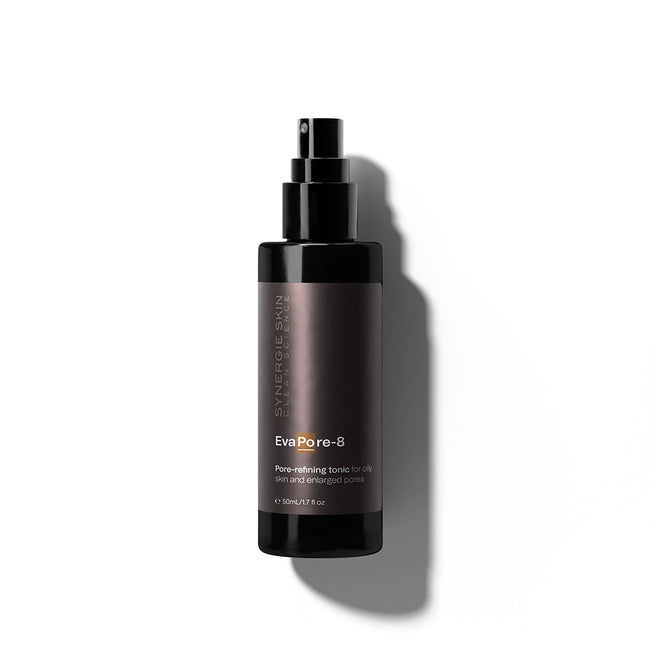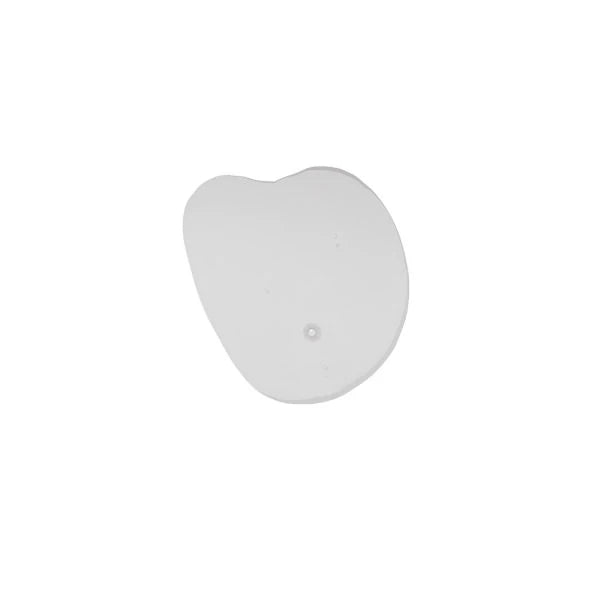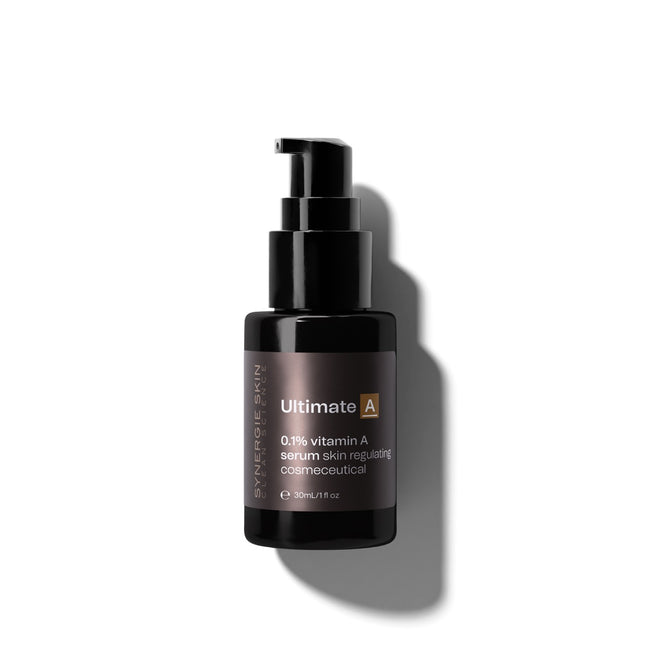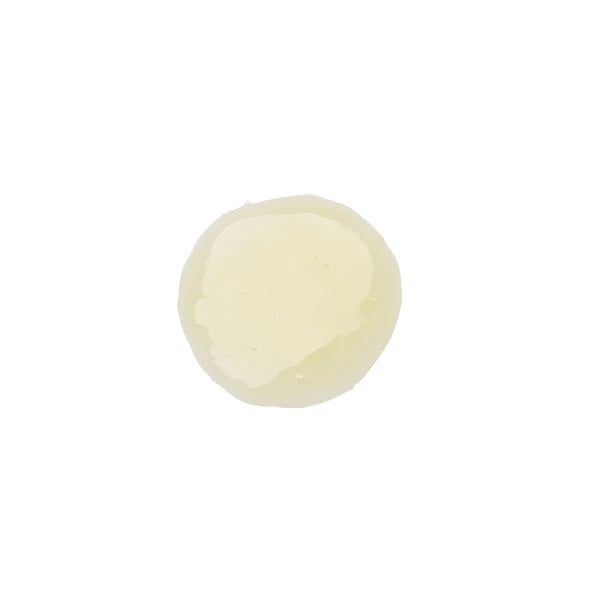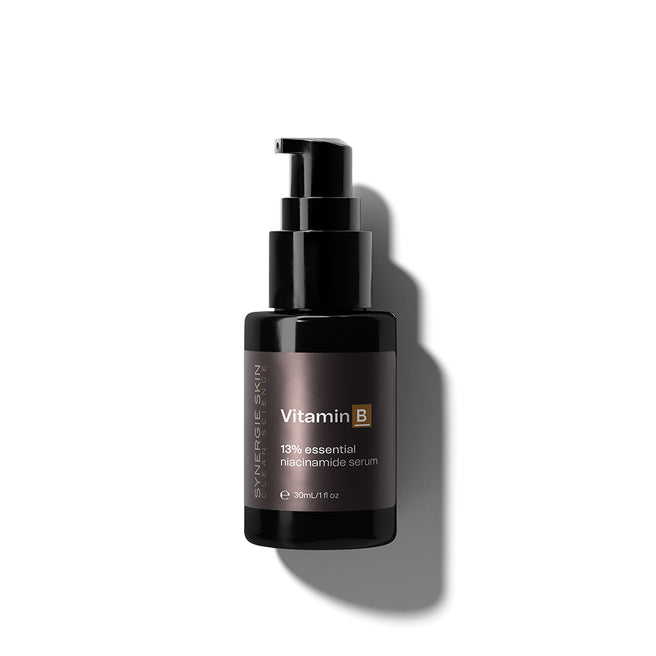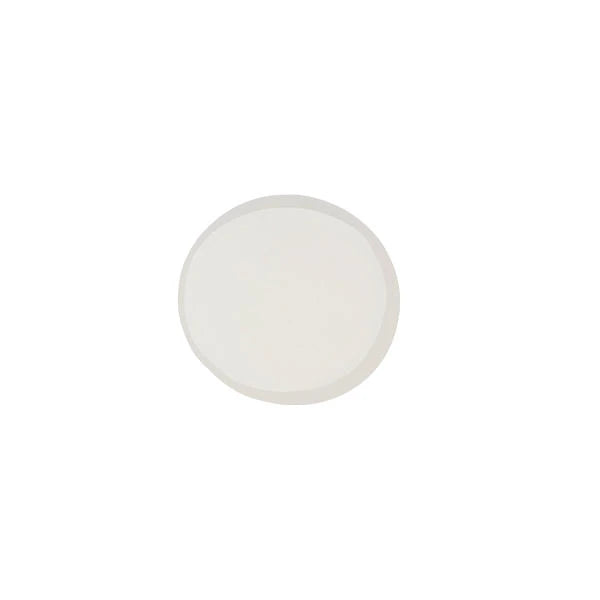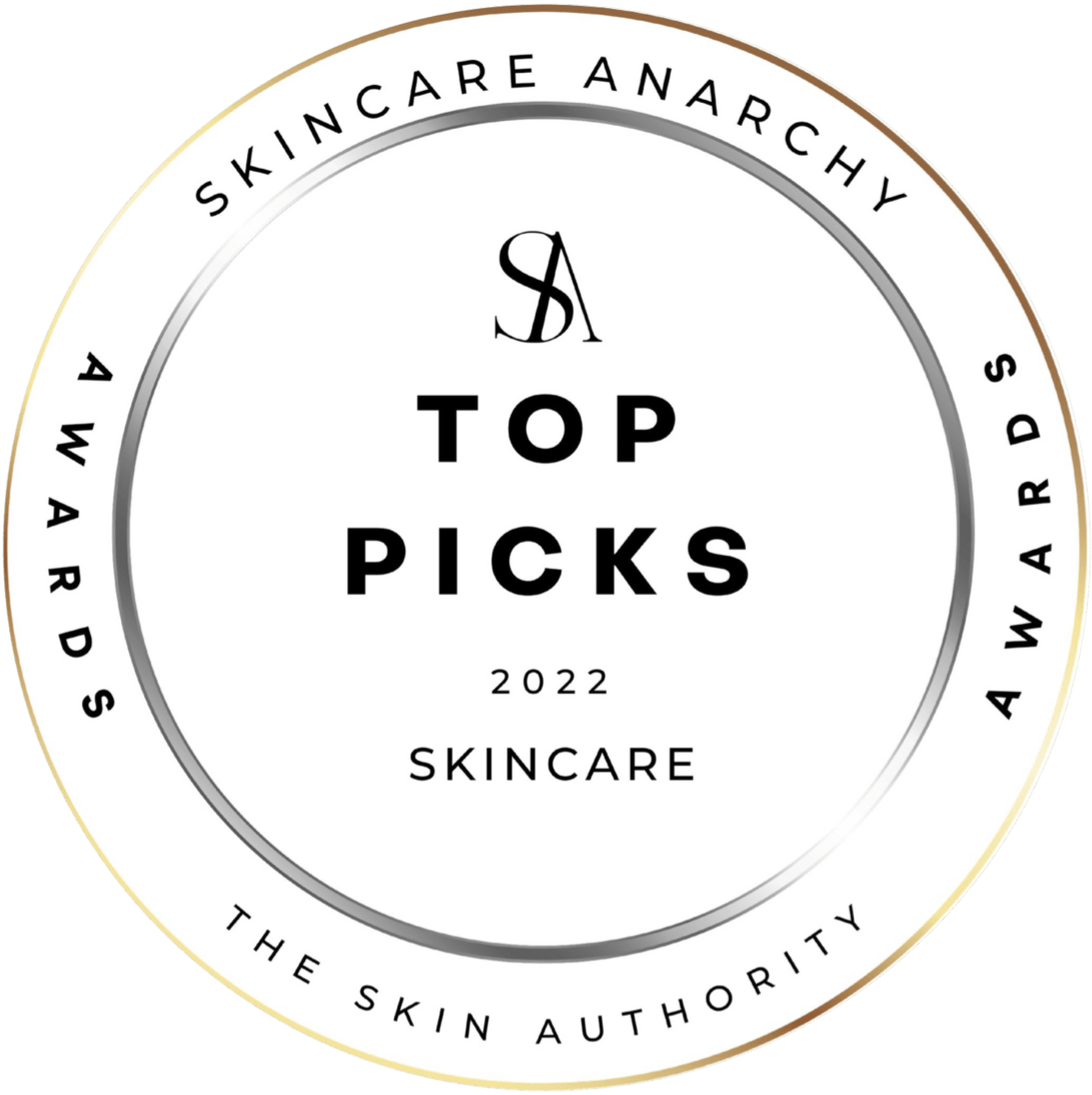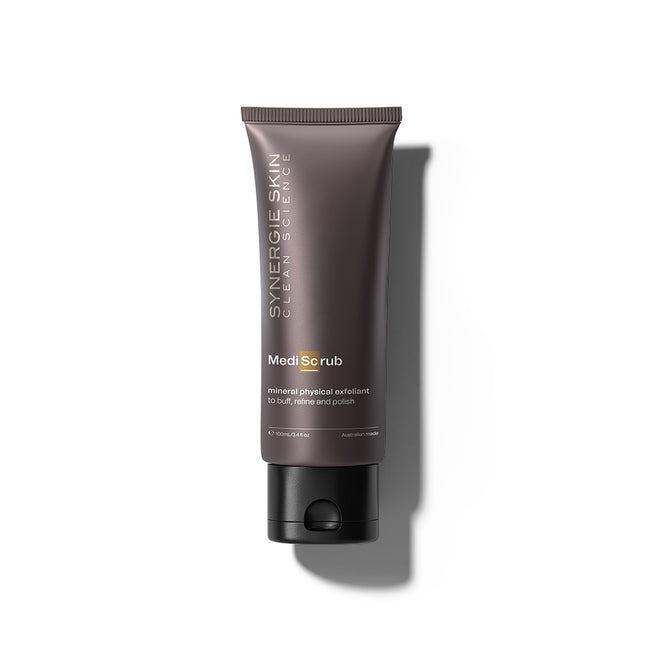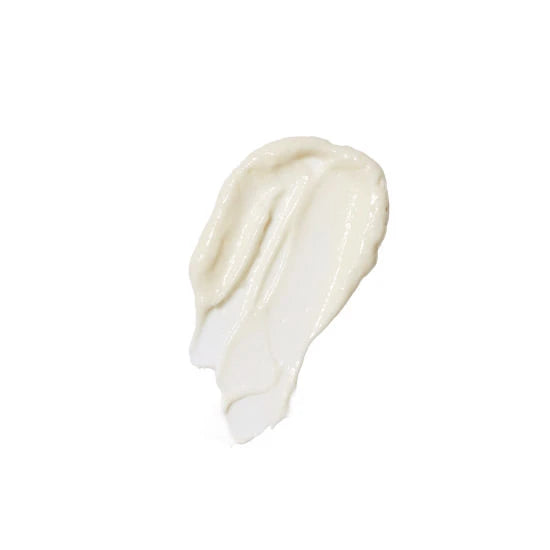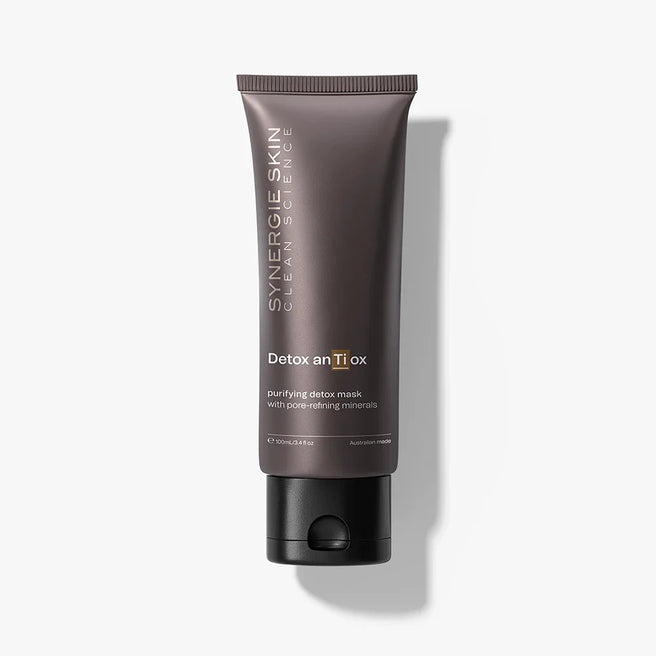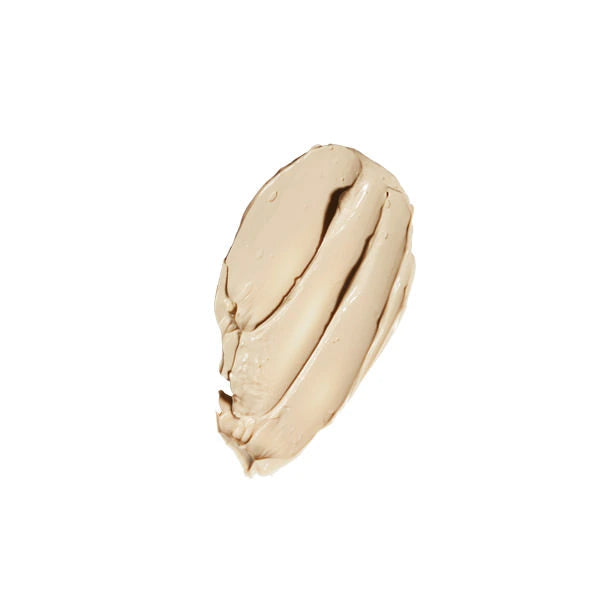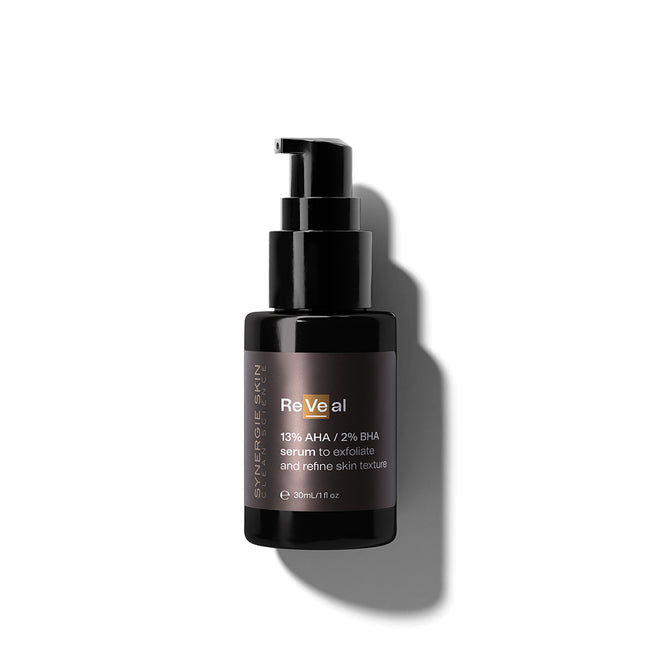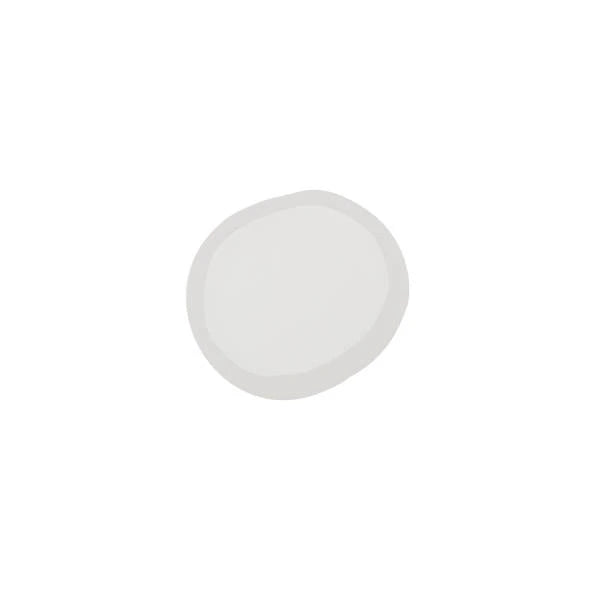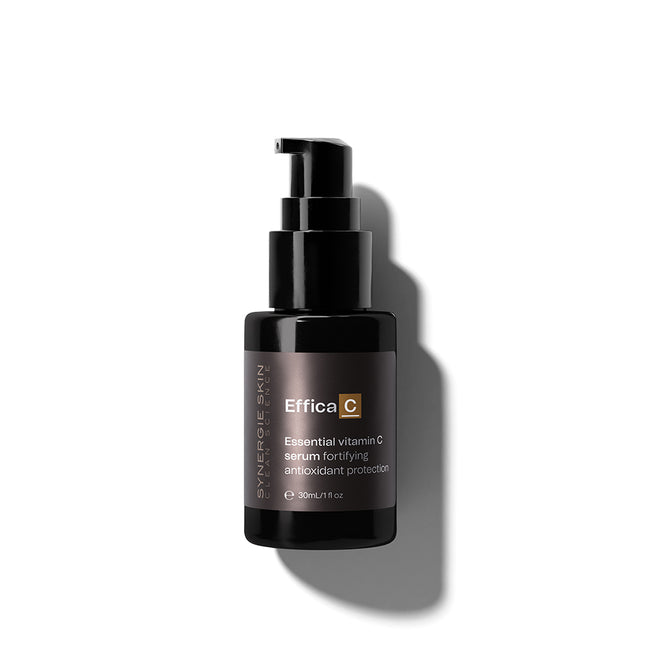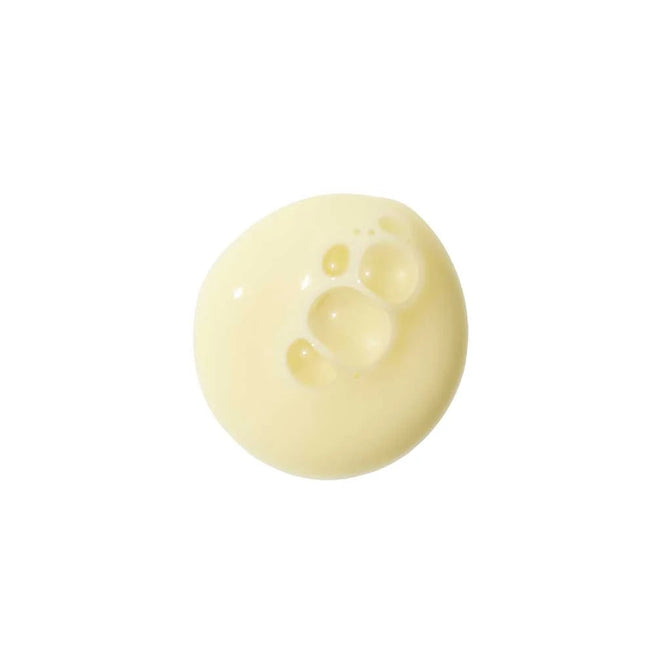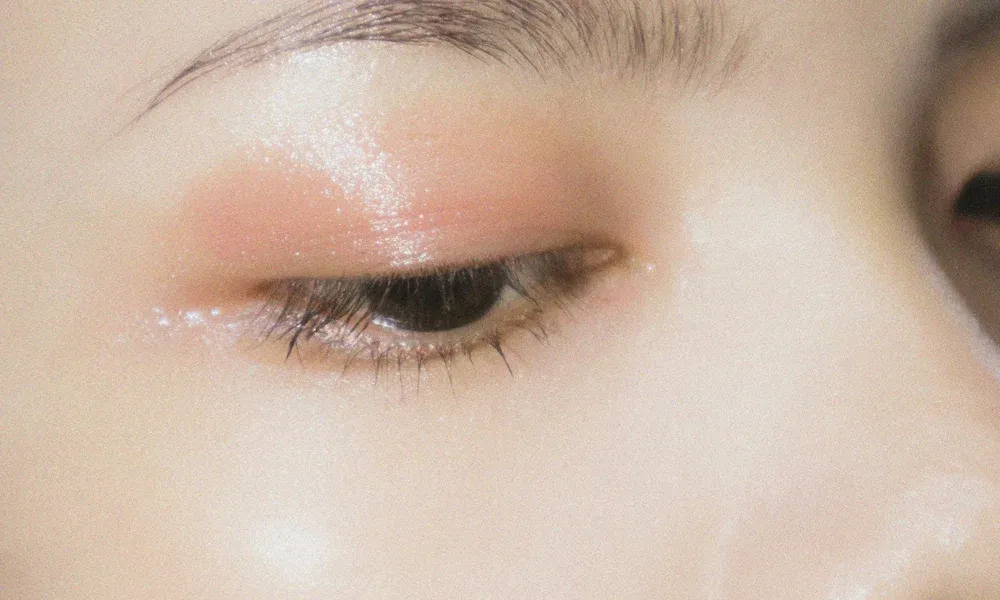
What are blackheads?
A blackhead (also referred to as an open comedo) is an opening of the hair follicle with a blackened mass of oxidised oil covering the opening containing skin debris, oil and bacteria. A whitehead is an open comedo where the opening of the pore is closed to the air.
Sebum is a normal part of human skin and is designed to lubricate skin and hair. In normal adults the oil drains out of the pore opening on the surface. If sebum is overproduced, the pore becomes blocked and acne bacteria begin to overgrow. When excess bacteria and sebum builds up in the pore and has no opening to the surface of the skin it is called a whitehead.
However, if the pore opens to the surface allowing air to enter, a blackhead forms. The ‘black’ tone is because normal sebum contains melanin. This dark yellowish/brown pigment is in fact the same natural skin chemical that gives skin different colour tones. Melanin turns dark (oxidizes) if exposed to the open air.
What causes blackheads?
Blackheads and whiteheads are considered a mild grade of acne and this general develops at puberty or other times when blood hormone levels are imbalanced. Certain hormones such as testosterone stimulate the oil glands, resulting in the overproduction of oil (sebum). Acne is not curable. It is controllable and acne is generally resolved when hormones naturally rebalance. There are a number of ways to address blackheads and many myths that need to be dispelled.
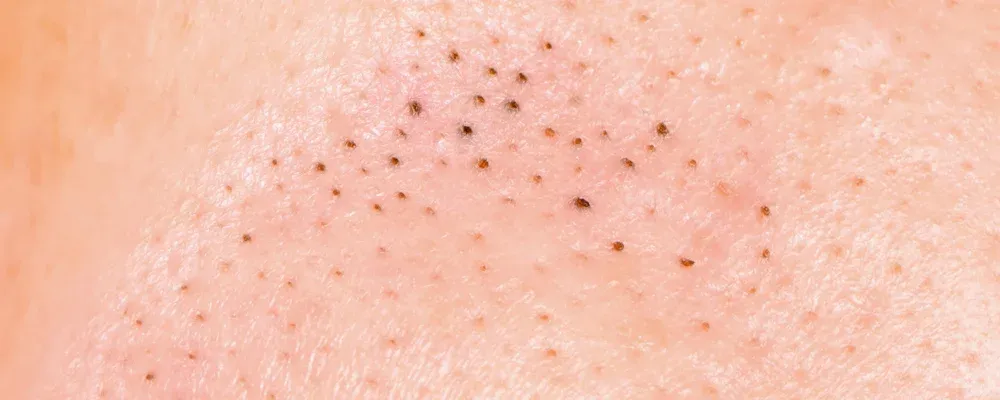
Blackhead myths
Myth 1: Blackheads are a result of dirty skin
Incorrect. The dark colour of blackheads does not mean the skin is unclean. It is the oxidised pigment (melanin) in the oil that is exposed to air. It is advised to not over clean the skin as this can lead to irritation and worsen the condition. Cleansing twice daily morning and night is ideal. Use a pH balanced and SLS free foaming cleanser.
Myth 2: The best way to treat blackheads is with regular home scrubs and pore strips
Incorrect. Regular and harsh scrubs may irritate the skin. This inflammation can increase oil production and make the problem worse. It is wise to use a scrub once or twice a week at most. Choose scrubs with high grade Aluminium oxide/Corundum crystals rather than rough grain and nut husks. Scrubs will remove the surface oxidised melanin on top of the blackhead but will not treat the underlying cause of the blackhead. This is why scrubs and pore strips only remove blackheads for a couple of days.
Myth 3: Blackheads only affect people with oily skin
Incorrect: Blackheads can also affect older individuals with dry skin. Although the blackheads may not be as pronounced in older skin, enlarged pores and poor oil flow can also lead to the occurrence of small blackheads in the T-Zone.
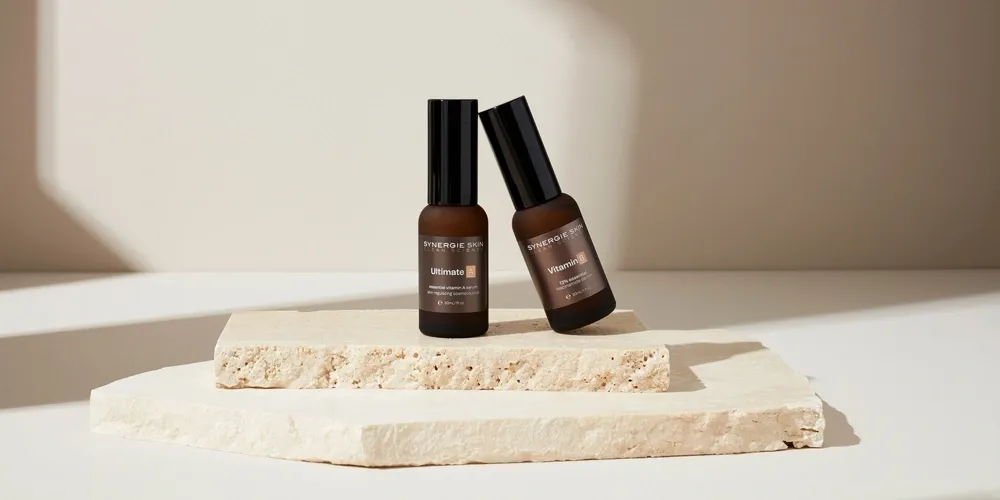
So, what is the best way to keep blackheads at bay?
Choose cosmeceutical skin care ingredients that deal with:
- Reducing inflammation (niacinamide serums)
- Regulating oil production (stabilised retinol serums)
- Removing dead skin and debris from deep within the pore (Salicylic acid and AHA/BHA serums)
- Removing dead skin form the skin surface (exfoliation and AHA/BHA serums)
- Removing the blackened surface of the blackhead (exfoliation)
- Targeting stubborn and large blackheads and whiteheads directly (Salicylic acid and AHA/BHA serums)
- Reducing the diameter of the pore (pore refining serums and tonics)
- Control bacteria in the pores (anti-microbial serums)
Use oils that help treat low-grade acne and will not block pores.
Examples of non-comedogenic oils include:
- Castor bean oil
- Sea buckthorn oil
- Shea butter
- Sunflower oil
- Safflower oil
- Jojoba oil
- Argan oil
- Rose hip oil
- Lanolin
Avoid ingredients that are classified as comedogenic.
These ingredients can actually clog pores and give rise to blackheads.
- Cacao butter
- Peach kernel oil
- Coconut oil (it’s fine to eat though!)
- Soybean oil
- Wheat germ oil
- Sodium Lauryl sulphate /SLS (present in most cleansers)
- Cotton seed oil
- D&C red 40 (more common artificial red colourant in cosmetics)
- Algae extract and algin
Avoid dimethicone and other ‘silicones’
This synthetic silicone oil adds to the emollience and ‘feel’ of a product and is common in pressed cosmetics, moisturisers and hair products. Whilst dimethicone is not technically comedogenic, it can trap pollutants, sebum and debris under the skin. This prevents the skin from removing toxins and can make blackheads and acne worse. It can also prevent the penetration of beneficial water soluble ingredients to the skin. In my opinion, it is best to avoid dimethicone in makeup and skincare products.
The Routine:
Day
- UltraCleanse - gel facial cleanser
- EfficaC or Pure-C crystals - L-Ascorbic acid
- HydroGel - light hydrating gel
- ÜberZinc - moisturiser with 21% zinc oxide
Night
- UltraCleanse - gel facial cleanser
- EvaPore-8 - gentle pore-refining tonic
- Ultimate A - stabilised retinol serum
- Vitamin B - essential niacinamide serum
- HydroGel - light hydrating gel
Weekly
- MediScrub - facial scrub
- Detox anTiox - purifying detox mask
Occasional
- ReVeal - AHA/BHA exfoliating serum (apply every third AM in place of HydroGel)


